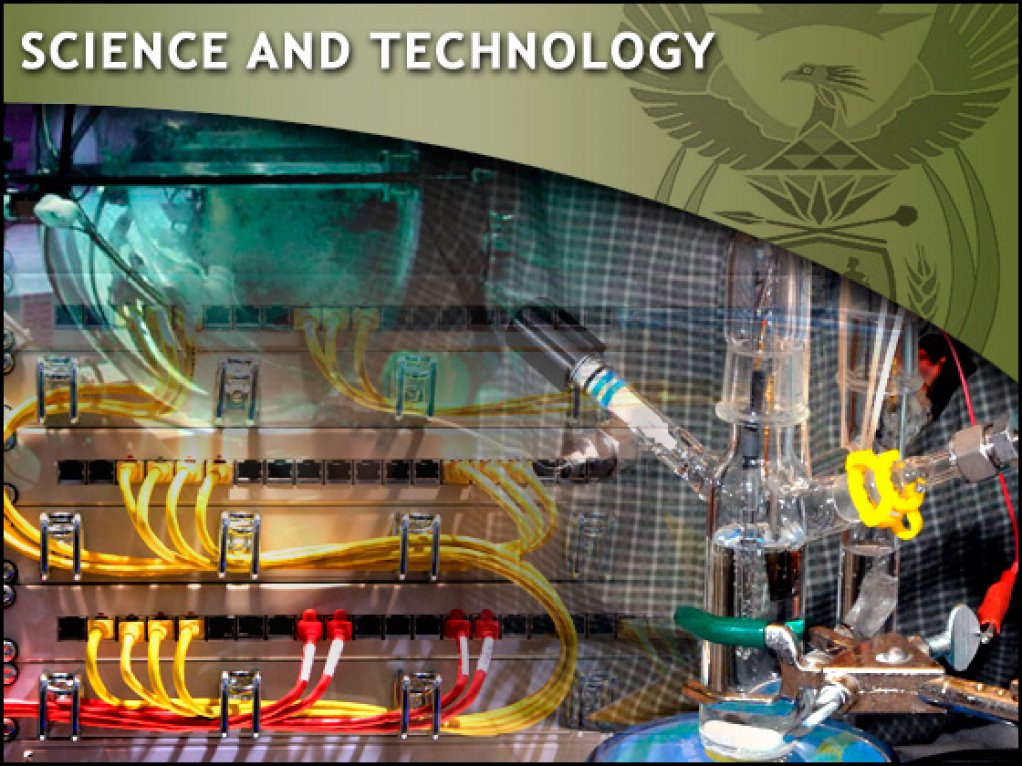/ MEDIA STATEMENT / The content on this page is not written by Polity.org.za, but is supplied by third parties. This content does not constitute news reporting by Polity.org.za.
While research and innovation result in life-saving medical breakthroughs and the manufacturing of more effective treatment regimes, the high price of drugs continues to restrict the poor's access to treatment.
Kicking off the EuroScience Open Forum (2014) programme in Copenhagen, Denmark, on 23 June, the Health Science 2020 session provided interesting discussions on research and business. Prof. Glenda Gray, newly appointed President of the South African Medical Research Council, delivered a presentation on how health diplomacy drives business and innovation.
Prof. Gray shared the podium with Michel Kazatchkine, United Nations Secretary-General Special Envoy on HIV/Aids in Eastern Europe and Central Asia, and Paul Stoffels of Johnson & Johnson in the USA.
The presentations focused on how medical research in the private and public sectors could benefit people worldwide. They praised the research work done in the fight against HIV/Aids, tuberculosis and malaria. Science, research and innovation have resulted in the treatment of these diseases being significantly improved.
"HIV/Aids treatment has gone from 18 pills a day to one pill a day," said Mr Stoffels. Prof. Gray indicated that HIV/Aids research had resulted in infant mortality being reversed and paediatric HIV infections being greatly reduced, to around 2%. She expected paediatric infection would eventually be completely eradicated.
While research and innovation is playing its part in combating the burden of disease, the price policy of the pharmaceuticals industry puts life-saving drugs out of the reach of many, particularly in the developing world. Prof. Gray questioned the astronomical cost of treatment drugs by pharmaceutical companies. She questioned why in poorer countries, where markets were smaller, the drugs were more expensive than in developing countries.
Mr Stoffels of Johnson & Johnson said that pharmaceutical companies had to carry manufacturing costs as well as other logistical costs in getting the drugs to market. He also said that patents had to be replaced every 10 years, which was a costly exercise, affecting two-thirds of the company's patents.
Commenting on the high price of drugs, the Minister of Science and Technology, Naledi Pandor, who is attending the ESOF 2014 conference, told an SAfm radio journalist that greater innovation was needed in South Africa so that the country could produce its own drugs and offer cheaper drugs the country's people.
Minister Pandor also held bilateral discussions withDanish Minister for Higher Education and Science, Sofie Carsten Nielsen, on the sidelines of ESOF 2014. The discussions, aimed at strengthening cooperation in science and technology (S&T) between South Africa and Europe, were described as positive.
Minister Pandor is also expected to meet with European Commissioner for Research, Innovation and Science, Máire Geoghegan-Quinn; President of the European Research Council, Prof. Jean-Pierre Bourguignon; and Chief Science Advisor to the President of the European Commission, Prof. Anne Glover.
South Africa and the EU enjoy cordial partnerships on many fronts, including trade, development, politics and S&T. South Africa signed an S&T cooperation agreement with the EU in 1996, and has benefited immensely since. The country is one of the most successful participants outside Europe in the EU Framework Programmes for Research and Technological Development. Under the Seventh Framework Programme, various organisations in South Africa secured more than R500 million of EU funding, which was allocated on a competitive basis
EMAIL THIS ARTICLE SAVE THIS ARTICLE
To subscribe email subscriptions@creamermedia.co.za or click here
To advertise email advertising@creamermedia.co.za or click here











